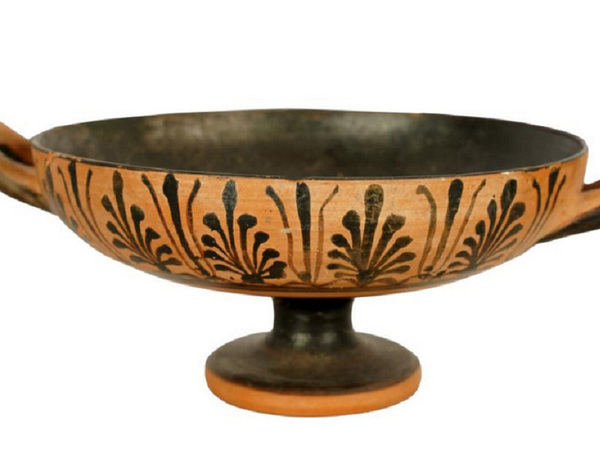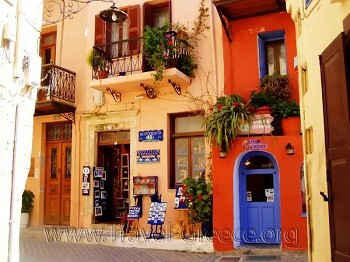The history of Greek vase painting unfolded seamlessly from 1000 BC to Hellenistic times, with Athens emerging as the primary hub of production. By the early 6th century BC, Athens boasted unparalleled success, dispatching its exquisite black and red-figure wares to every corner of the Greek world. Today, the Athenian potter's quarter, Kerameikos, situated in the western part of the city, stands as a testament to this rich legacy. These painted vases, akin to beautiful works of art, offer a glimpse into the lost wall paintings that adorned ancient Greek homes. Despite their initial purpose for everyday use, many vases have endured the test of time, surviving either intact or meticulously reassembled.
THE DEVELOPMENT OF PAINTING STYLES
In Athens, vase painting reached its pinnacle during the 6th and 5th centuries BC. Within the potter's workshop, the journey of a fired vase continued as it passed into the skilled hands of a painter, adding layers of decorative finesse. Archaeologists have meticulously identified distinct styles belonging to individual painters, encompassing both black-figure and red-figure ware.
The earliest Greek vases, dating from around 1000 to 700 BC, exude a Geometric style, featuring intricate patterns and figures.
Around 630 BC, the black-figure style made its debut in Athens, employing black liquid clay for figures on the iron-rich vase, which transformed to an orange hue when fired.
The red-figure style, introduced in 530 BC, reversed the technique, leaving figures in the natural color of the clay against a backdrop of black glaze.
VASE SHAPES
Designed with functionality in mind, almost all Greek vases were crafted for practical use, with shapes tailored to their intended purposes. Athenian potters curated a selection of about 20 distinct forms. Below, we explore some commonly crafted vase shapes and their designated functions.
The amphora, a two-handled vessel, found utility in storing wine, olive oil, and liquid-preserved foods, including olives and dried fruits.
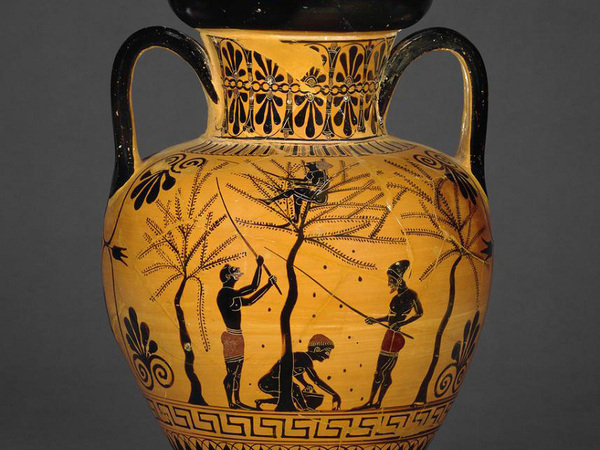
The krater, characterized by curled handles or "volutes," served as a wide-mouthed vessel for mixing water with wine before consumption.
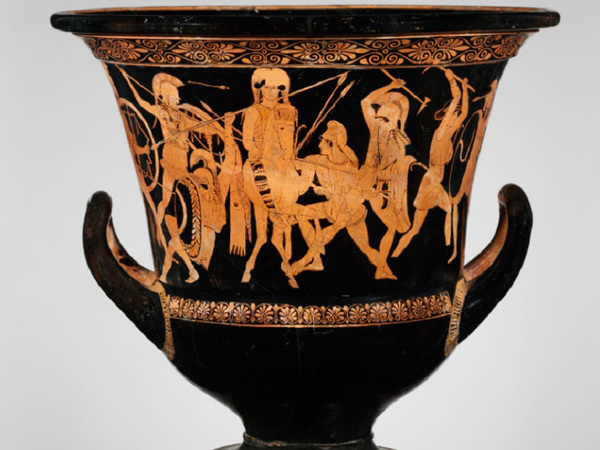
The hydria played a role in water transportation from fountains, featuring three handles — one vertical for holding and pouring, and two horizontal for lifting.
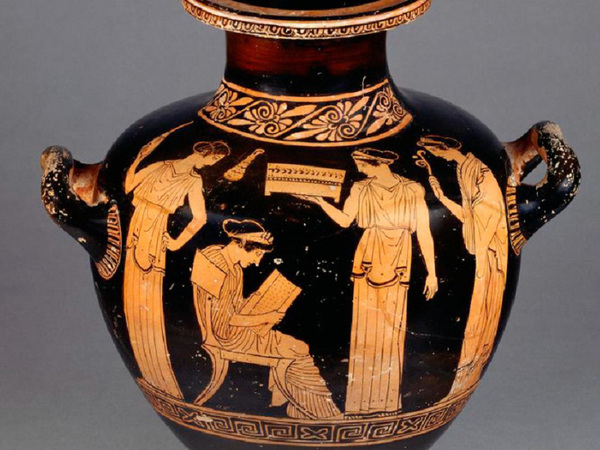
The lekythos, ranging from 3cm to nearly 1m, functioned as a vessel for holding oil both in domestic settings and as a funerary offering to the deceased.
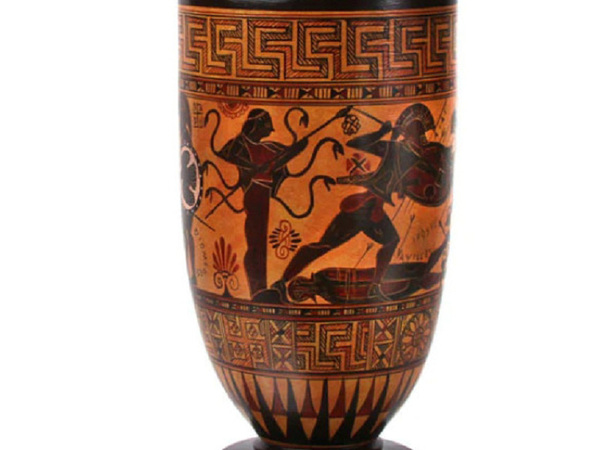
The oinochoe, the quintessential wine jug, boasted a round or trefoil mouth for pouring, complemented by a single handle.
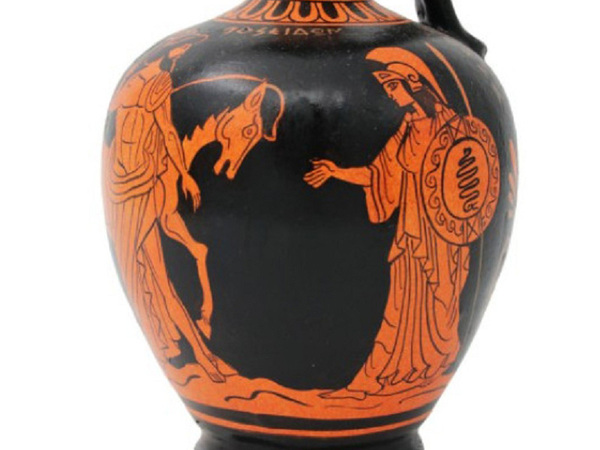
The kylix, a two-handled drinking cup, stood out as a shape allowing for interior decoration.
